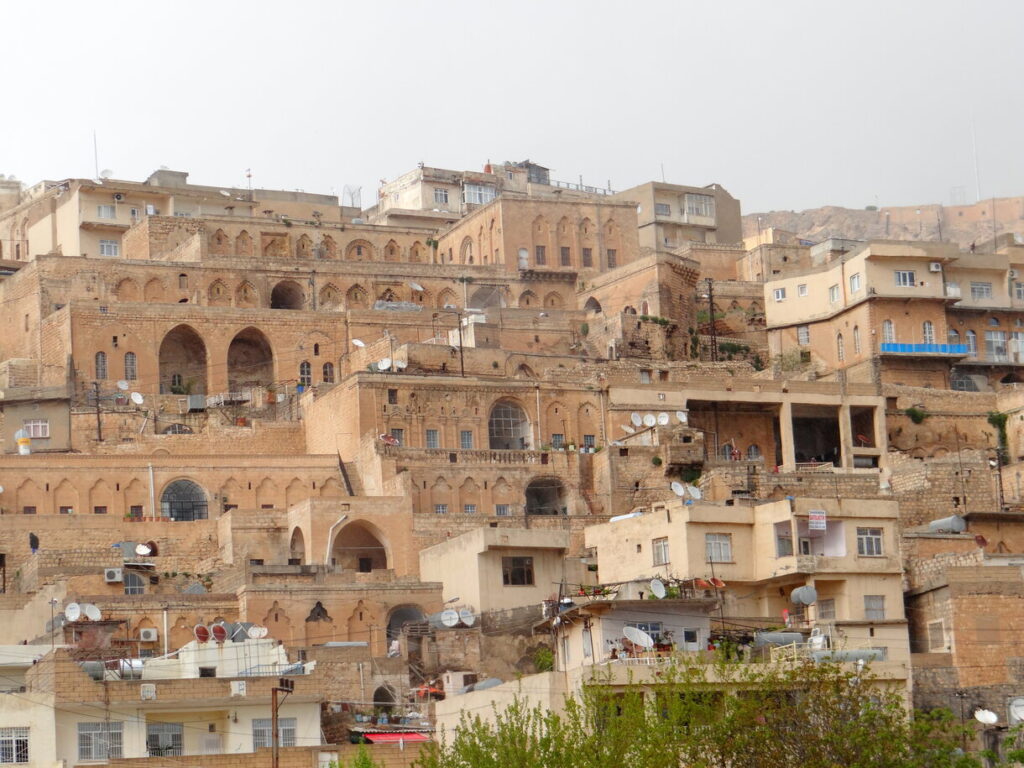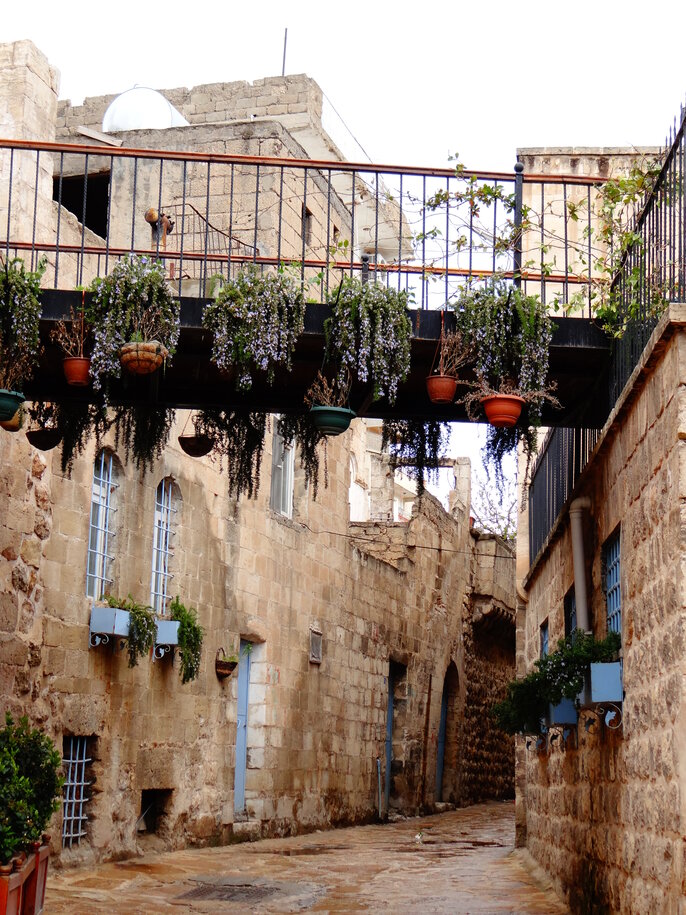Mardin – The Crown Jewel of Southeastern Turkey
Mardin, often called an “open-air museum,” stands as one of Turkey’s most mesmerizing cities. Perched dramatically on mountain slopes, it offers breathtaking views across the Mesopotamian plains. Legend claims refugees founded the city after Babylon’s fall in the 6th century BCE, though its history stretches even further back.
Wandering Mardin’s winding alleys feels like stepping into an “Arabian Nights” tale. The iconic sandstone houses adorned with intricate carvings and Arabic calligraphy showcase the region’s architectural mastery. Don’t miss the 13th-century Zinciriye Madrasa with its stunning Seljuk dome. After sightseeing, unwind at the historic Yılmaz Hammam, a 15th-century Turkish bathhouse.

Mardin’s Extraordinary Surroundings
Day two deserves exploration beyond the city. Join a guided tour (₺75) or rent a car to discover these gems:
- Deyrulzafaran Monastery – The “Saffron Monastery” served as the Syriac Orthodox Patriarchate’s seat from the 12th-20th centuries. While the current structure dates to the 1700s, its foundations reach back to the 5th century. Remarkable fact: Aramaic masses (Jesus’s language) still occur here. Underground lies a pre-Christian sun temple.
- Ancient Dara – Emperor Anastasius founded this 6th-century frontier fortress against Persia. Explore rock-cut homes, tombs, and an ingenious water system. The mysterious “Rock Prison” – a massive underground chamber – puzzles archaeologists to this day.
- Mor Gabriel Monastery – Among the world’s oldest functioning Christian monasteries (established 397 CE). Called the “Second Jerusalem,” it houses 1,500-year-old manuscripts and underground tombs of saints.
- Hasankeyf – A 12,000-year-old Silk Road marvel now partially submerged by the Ilısu Dam. Divers explore flooded ruins while a hilltop museum displays rescued artifacts. The medieval bridge remnants hint at its former grandeur.
- Midyat – This silvercraft capital features the 5th-century Mor Shmuni Church and a lively bazaar. The Assyrian community thrives here, and Mel Gibson filmed parts of “The Passion” in its atmospheric streets.

Travel tip: Spring (March-May) and autumn (September-November) offer ideal temperatures. Summer heat can overwhelm, especially at exposed archaeological sites.

Leave a Reply